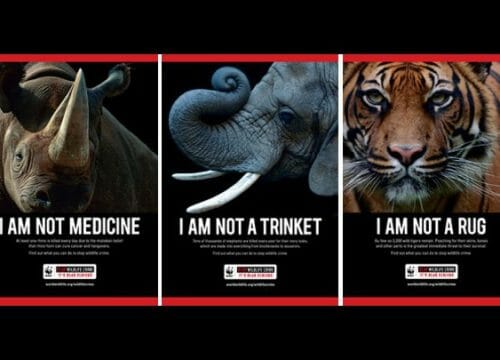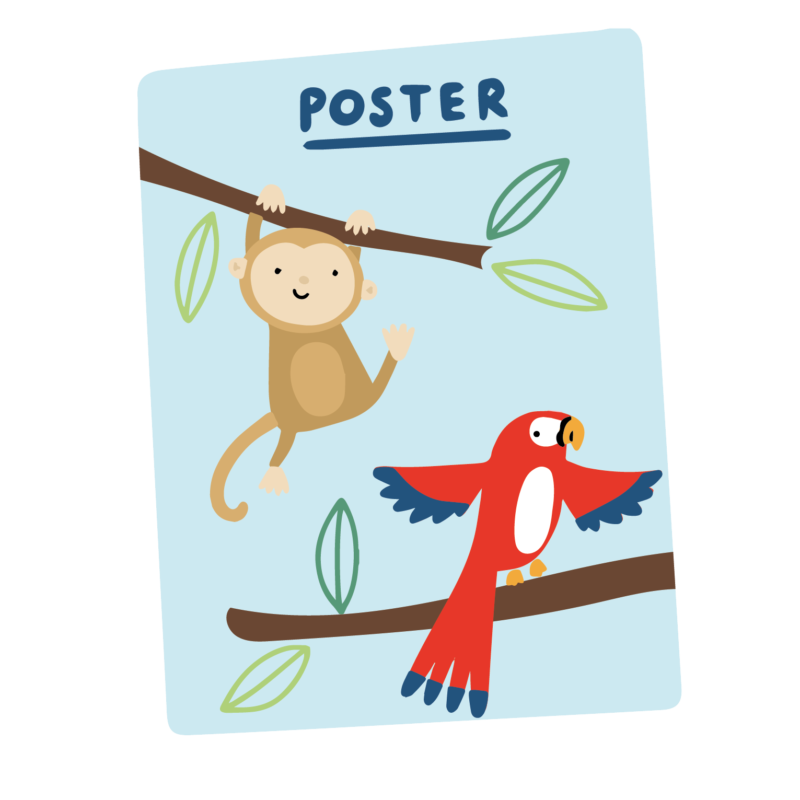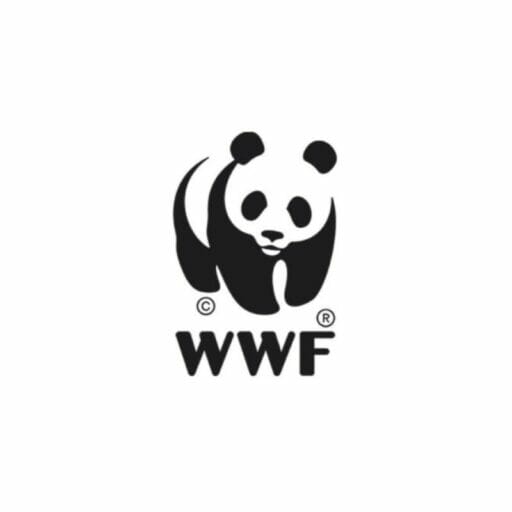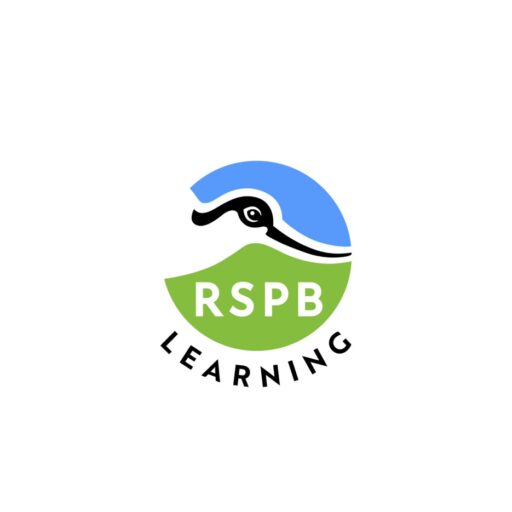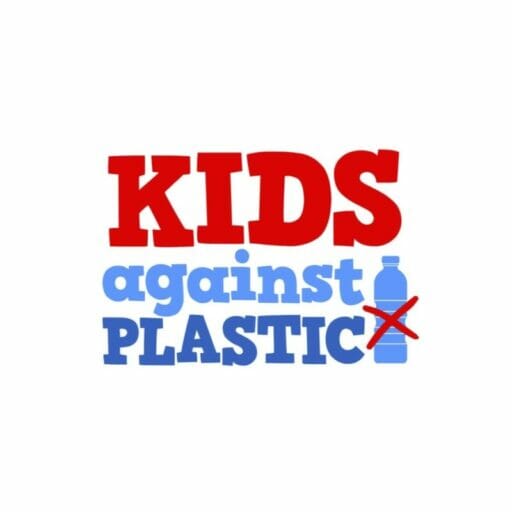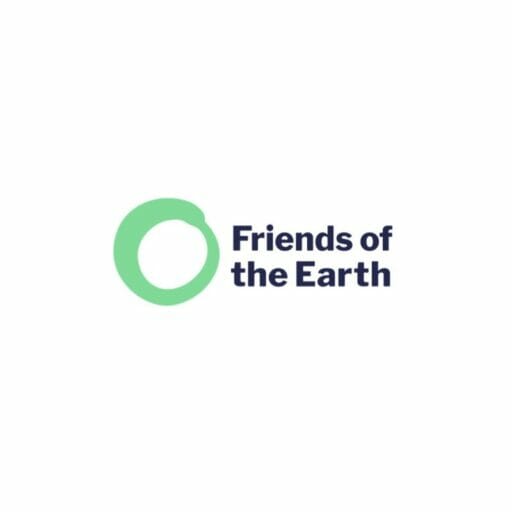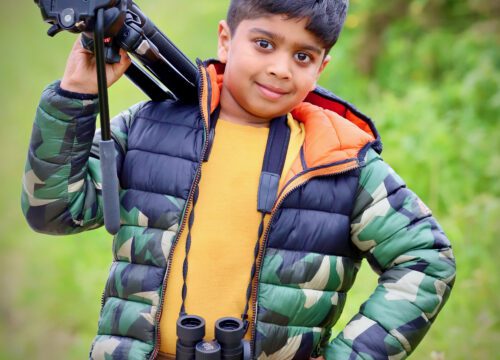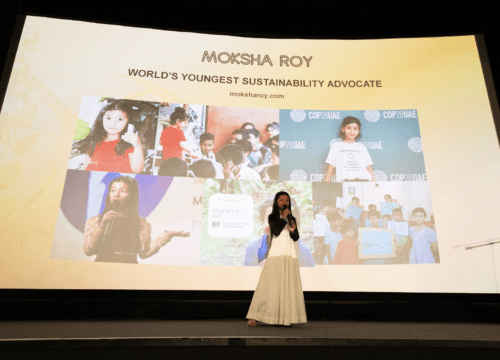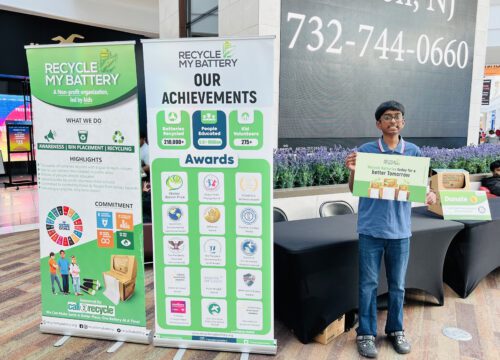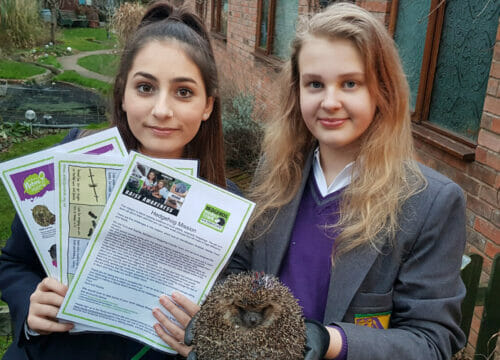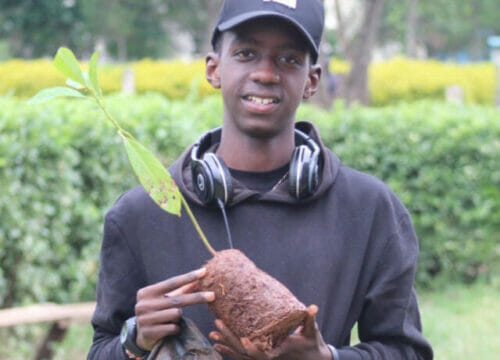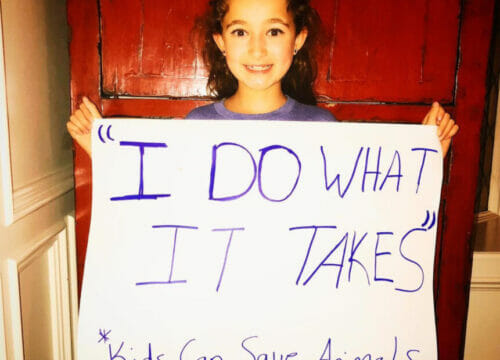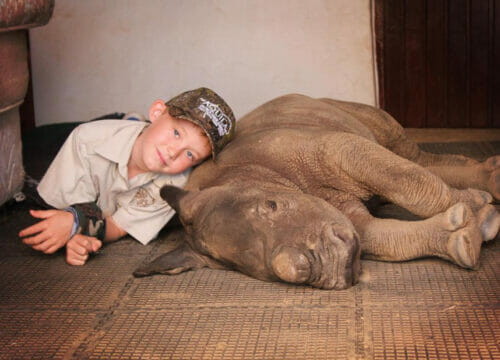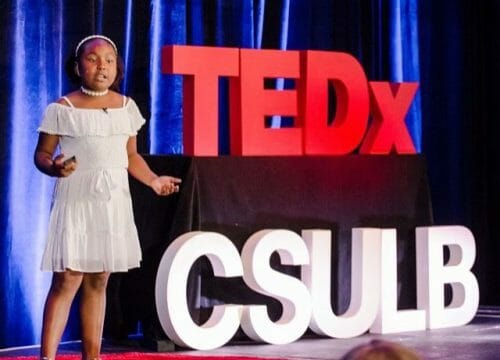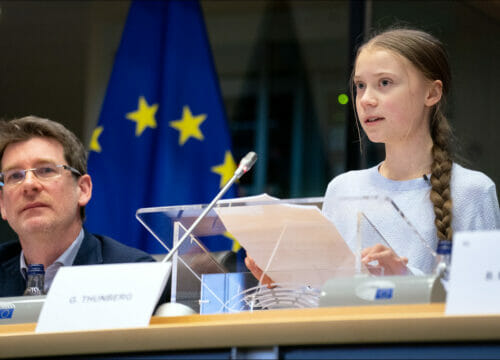Greenpeace is a movement of people who are passionate about defending nature. Our vision is a greener, healthier and more peaceful planet, that can sustain life for future generations.
Life on Land
The plants and animals on our land

1. THE PROBLEM
Why is life on our lands important?
We depend on life on land to keep us alive. It provides us with clean air and oxygen, freshwater, soil for growing food, beautiful spaces to enjoy and the list goes on!
But unfortunately, life on land is being threatened. Life on land faces five main threats. These are: climate change, loss of habitat, over-use, pollution and invasion of alien species.
These threats are pushing certain species to extinction, meaning those species can no longer do what we need them to do!

2. The Solution
So what can we do to help?
We need to address each of the threats to land and the way that we live. To combat climate change, people need to adapt the way they live and work to become more planet friendly. As to our loss of habitat, people urgently need to stop destroying natural areas, especially rainforests. With regards to overuse, wildlife trade needs to be watched so that people don’t get carried away destroying and selling nature to make money. To get a handle on pollution, littering and pesticide pollution needs to stop. Finally, to limit the spread of invasive alien species, transport of species from one area to another needs to be avoided.

3. Take Action
There are lots of ways that anyone, including you, can make a difference to protect life on land. For example, you could: write a letter to your headteacher to ask them to carefully consider their use of paper and avoid printing where possible or petition to stop or restrict the sale of ivory.
Everyone can take action to make real change. What will you do?



4. CHARITIES
There are lots of charities that need your help to look after life on land.
For example, The World Wildlife Foundation are endlessly finding ways to help look after the world’s wildlife and lands, The Royal Society for the Protection of Birds work to protect birds and The Royal Society for the Prevention of Cruelty to Animals look out for animals on farms, in labs, in the wild, in paddocks or our homes.
See how you can support them in their amazing work.
Step into a strange world for a moment. Imagine what would happen if all doctors and nurses disappeared overnight? Many sick people would die. Now, let’s say there are no more teachers or police officers either. Would life as you know it be able to carry on?
Everyone depends on each other in this world. There are thousands of people that do their job and when they do, things run smoothly and everything works as it should. Some people grow your food, others make your clothes, some build the roads you travel on, others make the electricity you use… the list is endless.
Some jobs seem unimportant and most people don’t think about them very often. But if they had to stop existing, everything in society would be upside down and other people would also not be able to do their job.
The world we live in is hyperconnected. Not only do humans depend heavily on each other, but we also depend on nature to keep us alive. There are many species on Earth that keep us alive and, just like humans, they each have a job to do. We might not know all their names, but we need them. Even if you live in the world’s busiest city with the world’s most modern lifestyle, you are depending on thousands of different kinds of creatures to keep you alive.
All the biodiversity on earth provides humanity with something called ecosystem services.
These services include things like:
- Clean air and oxygen.
- Clean, freshwater, delivered to your doorstep.
- Rich and fertile soil for growing food.
- Pollination services.
- Climate control.
- Natural resources.
- Beautiful spaces to enjoy.
It isn’t only humans that depend on living things – all living things depend on each other and because everything is hyperconnected, removing one part of the system can make the whole system suffer and collapse.
The problem
1,000,000
SPECIES ARE THREATENED WITH EXTINCTION BY 2030
1,600,000,000
people depend on forests for their livelihood
Thousands of life forms are busy going extinct. And because everything is connected, when one species go extinct it can disrupt an entire ecosystem.
Some animals dig holes, others live in them. Some animals pollinate flowers so that there can be more plants and food for other creatures to eat. Other species take care of dead plants and animals, breaking them down so that their chemicals can be used again by other plants and animals.
There are also delicate food chains, where one animal eats something and that animal is eaten by something else. Food chains are usually well-balanced as long as species don’t go extinct. As more extinctions happen, biodiversity decreases and nature can’t function like it is supposed to anymore.
We are currently entering what scientists consider Earth’s sixth mass extinction, which means that in the last century we have seen levels of extinction higher than ever before. Unlike the previous extinction events, humans are mostly to blame. Recently, experts have sounded the alarm on this, saying that 1,000,000 species are threatened with extinction by 2030. The problem is grave and urgent because our human life is intertwined with theirs.
Take a look at the reasons for this mass extinction below.
1. Climate Change
Changing weather patterns due to climate change mean that plants and animals can no longer survive where they used to live.
Imagine what it would feel like if suddenly your house turned so hot that when you walked on the floor it burnt your feet or if all oxygen was removed so that you could no longer breathe? Many plants and animals are losing their homes and the basic things they need to survive. The Bramble Cay meolmys is the first mammal reported to have gone extinct directly because of climate change. It used to live on the island of Bramble Cay in the Great Barrier Reef, so when the island went underwater because of rising sea levels, the Bramble Cay meolmys lost its home and could no longer survive.
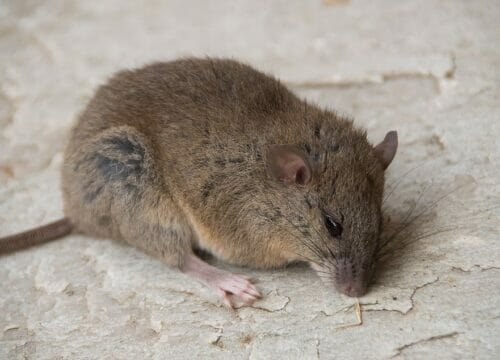
Some animals can migrate in search of a better and safer life elsewhere. Whilst this is great for these animals, it disrupts the ecosystem, and has negative effects on other species. Also remember that most animals, plants, bugs, fungi and bacteria can’t move. Either they can’t travel far enough or the food they need is only available in their natural ecosystem.
2. Loss of Habitat
Climate change is not the only thing causing species to lose their homes and go extinct. The world’s forests, swamps, plains, lakes and other habitats are being destroyed to make room for agriculture, housing and roads. This is called land use change. The most common type of land-use change is deforestation.
There are five main reasons for deforestation:
Forests are being cut down to sell the trees as timber or pulp. Timber is used to build homes, furniture and other products. Pulp is used to make paper and cardboard.
Forests are being cut down to clear space for animal agriculture. Large parts of the Amazon rainforest are being lost to make space for cattle farming. Rearing animals uses a lot of land. They need space to roam and space is also needed to grow the food that they eat. 45% of the planet is occupied by livestock and an additional 10% is dedicated to growing the food for those animals.
Forests are being cut down for veganic agriculture. One example that has attracted a lot of attention recently is soy. Most of the world’s soy is used for animal feed. Though you may also have seen (or consumed!) soy in soy milk, edamame beans, tempeh and tofu. Human consumption of soy is not as big of a problem since this only accounts for a small part of the world’s soy consumption. Soy production has led to the destruction of a huge area of forests.
Forests are cut down to build roads to transport goods from where they are produced to where they are consumed. Roads break forests up into smaller areas, cutting off connections between different species and areas, a process known as habitat fragmentation. For example, a road can stop a monkey from travelling to gather food.
Forests are cut down for underground mining. For example, forests are being cleared to dig for gold and other minerals that are found underground.
Watch the video above about orangutans, one of the animal species most heavily affected by deforestation.
Along with orangutans, deforestation has devastating effects on many of the world’s plant and animal species, by destroying their homes and livelihoods. This is a big problem because these species may provide ecosystem services such as food, materials and medicines. Many of them are too small to be noticed or to look like they matter. A cure for cancer might be hiding in the Amazon, undiscovered. But today might be the day that that plant might go extinct.
The effects of deforestation are not just felt in the forests. Since trees absorb carbon dioxide and release oxygen, cutting down trees means that less carbon dioxide is absorbed and more remains in the atmosphere. This contributes to global warming.
3. Over-Use
In the past, people survived by using resources that they could find near them. These days, huge companies collect precious resources and sell them all around the world, in a process called wildlife trade. This, along with harmful farming practices and climate change, is destroying many life forms on Earth.
There are two types of wildlife trade – plants and animals.
Plant trading involves cutting down forests to sell wood from trees as timber or pulp.
As to animals, some wild animals are killed to sell their body parts. This thins out animal populations, bringing them closer to extinction and also makes animals suffer. A lot of the time this is illegal and known as poaching. Examples of poaching include:
Elephants are poached for their ivory tusks which can be used to produce ornaments or other items such as piano keys and chess pieces. Click here to watch a video about elephants, why they are endangered and how to save them.
Rhinos are poached for their horns, which are used in Chinese medicine. Click here to watch a video about rhinos and rhino poaching.
Tigers are poached for their beautiful skin which can be used to make rugs.
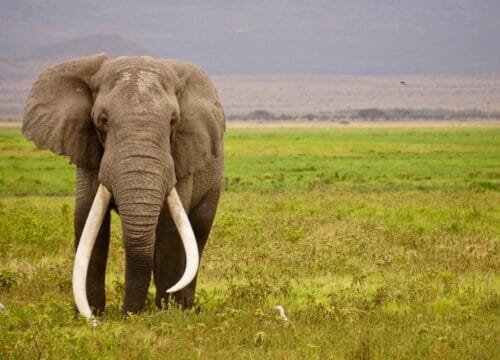
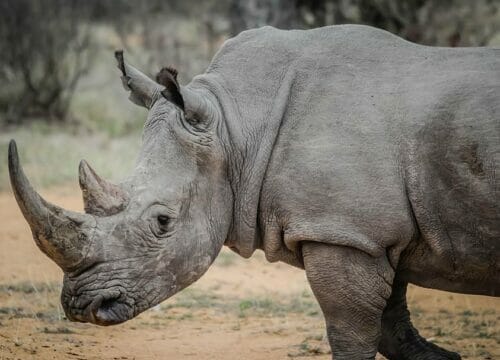
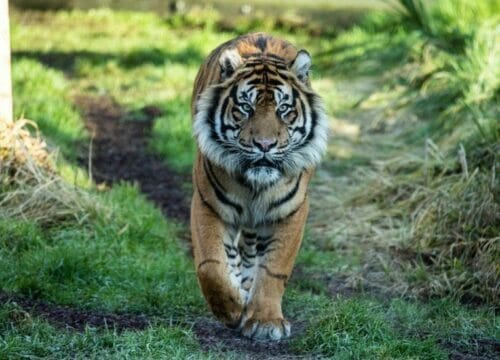
4. Pollution
Two of the most serious pollutants affecting life on our lands are litter and pesticides.
Litter pollutes life on land when people don’t throw their rubbish away properly. Litter has bad effects on the environment. As rubbish degrades it releases chemicals and breaks down into small pieces that animals accidentally eat, causing them to get sick. Litter also spreads diseases.
Pesticides are chemicals used by farmers to kill insects and other pests that harm their crops. Only 1% of a pesticide chemical reaches its target. The remaining 99% goes into the environment. These pesticides can contaminate the ground, unintentionally killing plant and animal species. One example of an animal that is badly affected by pesticides are bees, especially wild bee species. Pesticides hinder bees’ ability to find food, and without food, bees die. But bees are an essential part of ecosystems, as they help transfer pollen to plants, helping plants grow. There are more than 20,000 kinds of bees in the world. Some of them pollinate only specific plants. If they die out, many plants might also go extinct, causing massive problems for the ecosystems that depend on these species.
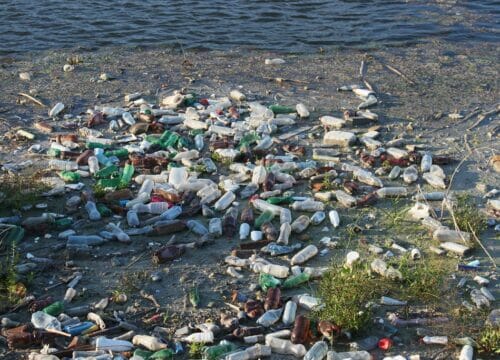
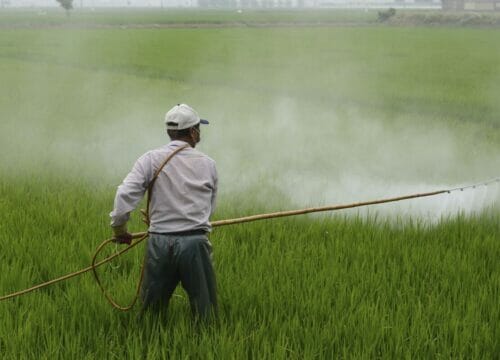
5. Invasion of Alien Species
Sometimes species end up in a new area and cause trouble for species that were nicely settled there before. They don’t have natural enemies in those new areas, so they can multiply easily, taking over their new areas. They compete with native species for food, living space and other resources, making it harder for native species to access these things. Finally, they might spread germs and diseases to the new area.
Some invasive species arrive in the new area naturally, through migration, but human activity has sped up the movement of invasive species.
Examples of invasive species transferred by humans include:
Grey squirrels arrived in the UK when collectors and animal lovers brought them over from North America around 1890. Grey squirrels damage trees by stripping their bark and compete with red squirrels for food. Unfortunately, they are more successful than red squirrels, so red squirrel populations are shrinking and red squirrels are nearing extinction.
American minks were brought to the UK from North America. They were brought to be bred in fur farms so that British people could enjoy warm and soft mink fur. American minks have escaped fur farms and now cause many issues to ecosystems, mainly because they eat birds such as kingfishers.
Japanese knotweed was brought to the UK from Japan. Japanese knotweed was imported to be used for decoration and to feed animals. In Japan, Japanese knotweeds were kept under control by other big plants and grasses such as bamboo. However, the UK has no competitors to keep the Japanese knotweed under control and so they grow very fast and crowd out other species. They also cause damage to buildings and other infrastructure.
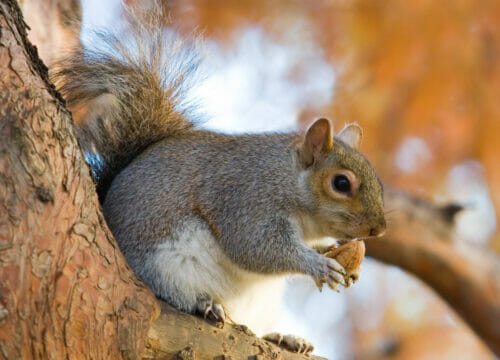
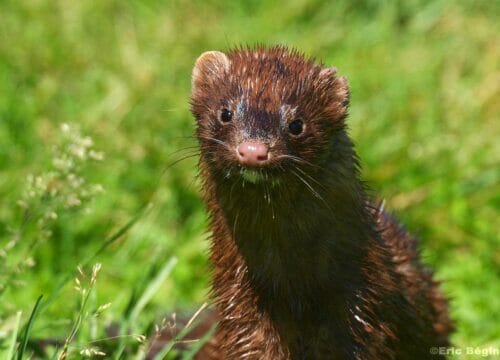
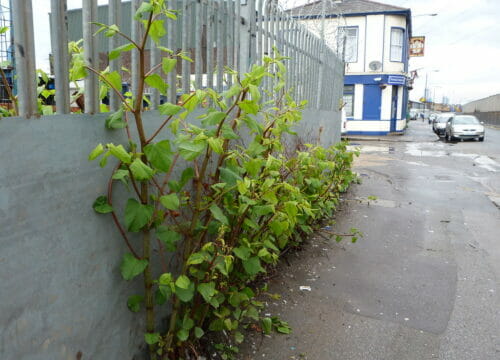
Take a Guess
The Solution
Luckily people recognise the problem and lots is being done around the world to help Life on Land. Organisations such as the International Union for the Conservation of Nature (IUCN) have helped make great strides. The IUCN identifies when species are at risk of extinction and helps plan how to reduce their decline. They publish the IUCN red list of Threatened Species which divides species into categories such as: least concern, near threatened, vulnerable, endangered, critically endangered, extinct in the wild and extinct. Take a look at the red list here.
But there is still a lot to be done and a lot of it is urgent. We need to address the factors pushing our planet into its sixth mass extinction event.
1. Climate Change
People and businesses need to change the way they live and work to stop climate change. This means adopting more planet-friendly transport methods, using green electricity, adopting a planet-friendly diet by reducing meat, buying local food and not wasting food.
Financial Measures
Governments can urge people and businesses to make change by using financial measures. For example, they could make petrol cars more expensive and lower the price of electric cars.

Education
Education is vital to help people make responsible decisions by teaching them which everyday actions contribute to climate change, and how they can change their lifestyle to be better for the planet.

2. Loss of Habitat
People urgently need to stop destroying natural areas, especially in the rainforests which hold a lot of Earth’s biodiversity.
Protected Areas
Laws can be used to protect areas. Protected areas can give areas that have been damaged a chance to recover and stop new areas from being damaged.
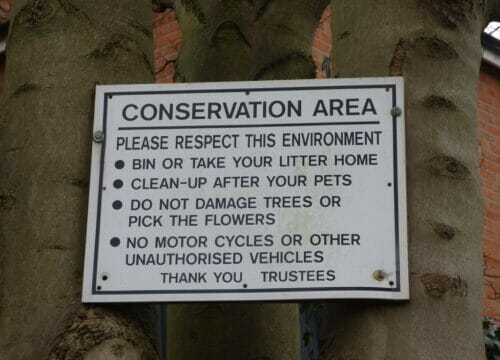
Certifications
Certification schemes can help humans use nature sensibly. They also help people see which products are planet-friendly and which aren’t, helping them make better buying decisions. For example, the Forest Stewardship Council (FSC) certification confirms that the certified product originates from a forest that is being managed in a way that looks after forests and nature. Watch the video on the right about how the FSC works.
Reforestation
We can do our best to reverse existing damage by planting trees in the place of those that were cut down. This is called reforestation. Since trees take a lot of time to grow, this is something that needs to be done as soon as possible.
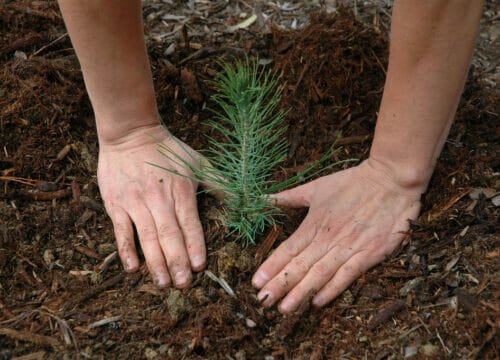
3. Over-Use
Wildlife trade needs to be watched so that people don’t get carried away destroying and selling nature to make money.
Laws
The strictest way to control wildlife trade is by using the law to ban it altogether. For example, poaching elephants, tigers and rhinos is already illegal. But, as you will have learnt earlier, in many cases making it illegal doesn’t stop bad guys from carrying on as normal! It is very difficult to watch over everyone and every piece of the world to make sure that no one is selling things that they shouldn’t be selling.
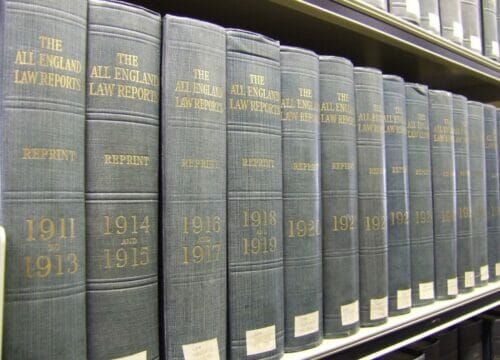
Monitoring
Technology can help us monitor and prevent illegal wildlife trade. For example, the WWF has developed a new technology that uses a camera system to detect poachers in protected areas.
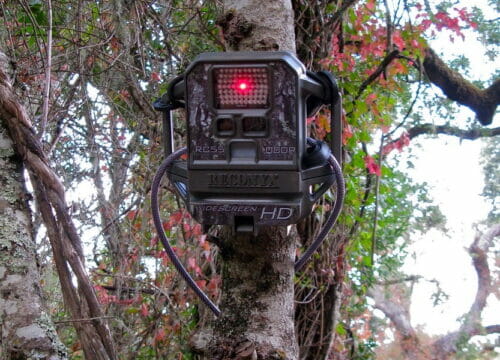
4. Pollution
Littering and pesticide pollution needs to stop.
Laws
Laws can ensure that people don’t get away with littering. In some countries, such as Singapore, the government has imposed strict laws on littering. People caught littering for the first time may receive a fine of $300 (about £165) for small bits of litter (such as sweet wrappers) and $1000 (about £550) for big bits of litter (such as plastic bags). They may also need to carry out community work, cleaning up streets while wearing a bright orange jacket to show the public that they are litterbugs, bringing shame on them.
Similarly some of the most damaging pesticides can be banned by the law. The European Union (EU) have banned many pesticides. However, the UK is currently in debate about whether any pesticides should be banned.

Public Bins to help people throw away litter responsibly
To stop littering, there need to be enough public bins around and they should be emptied regularly so that there is less chance of them overflowing and rubbish being blown out by the wind.
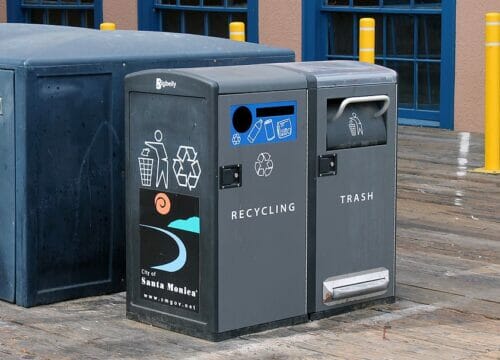
Eliminate the Need for Pesticides
Different ways of growing food are needed so that less or no pesticides are used. For example:
- Plant many different kinds of plants in one field.
- Use ‘companion-planting’ where you plant something that has a strong smell and confuses pests next to the crop you are trying to protect.
- Welcome insects that eat pests (for example ladybirds eat aphids). This is known as ‘biological control’ (controlling pests using other living things).
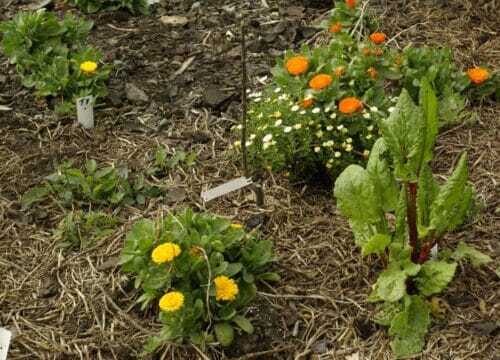
5. Invasion of Alien Species
The transfer of species from one area to another needs to be avoided at all costs.
Education
To stop transfer, people need to be educated to become more conscious of what bits of nature they move from one to another. For example, people can:
- Avoid moving plants and animals from one country to another (for example for pet shops, plant shops and zoos).
- Clean muddy boots or pets’ paws when travelling with them.
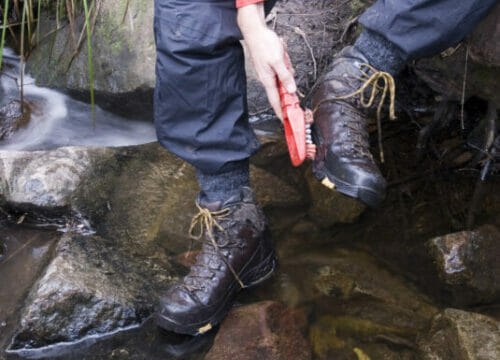
Detection and Reporting
In cases where invasive species have already arrived in a country, early detection and reporting are essential so that their spread can be limited. Governments need to make sure that they have an easy way for people to report invasive species that they spot. The invasive species can then safely be removed.
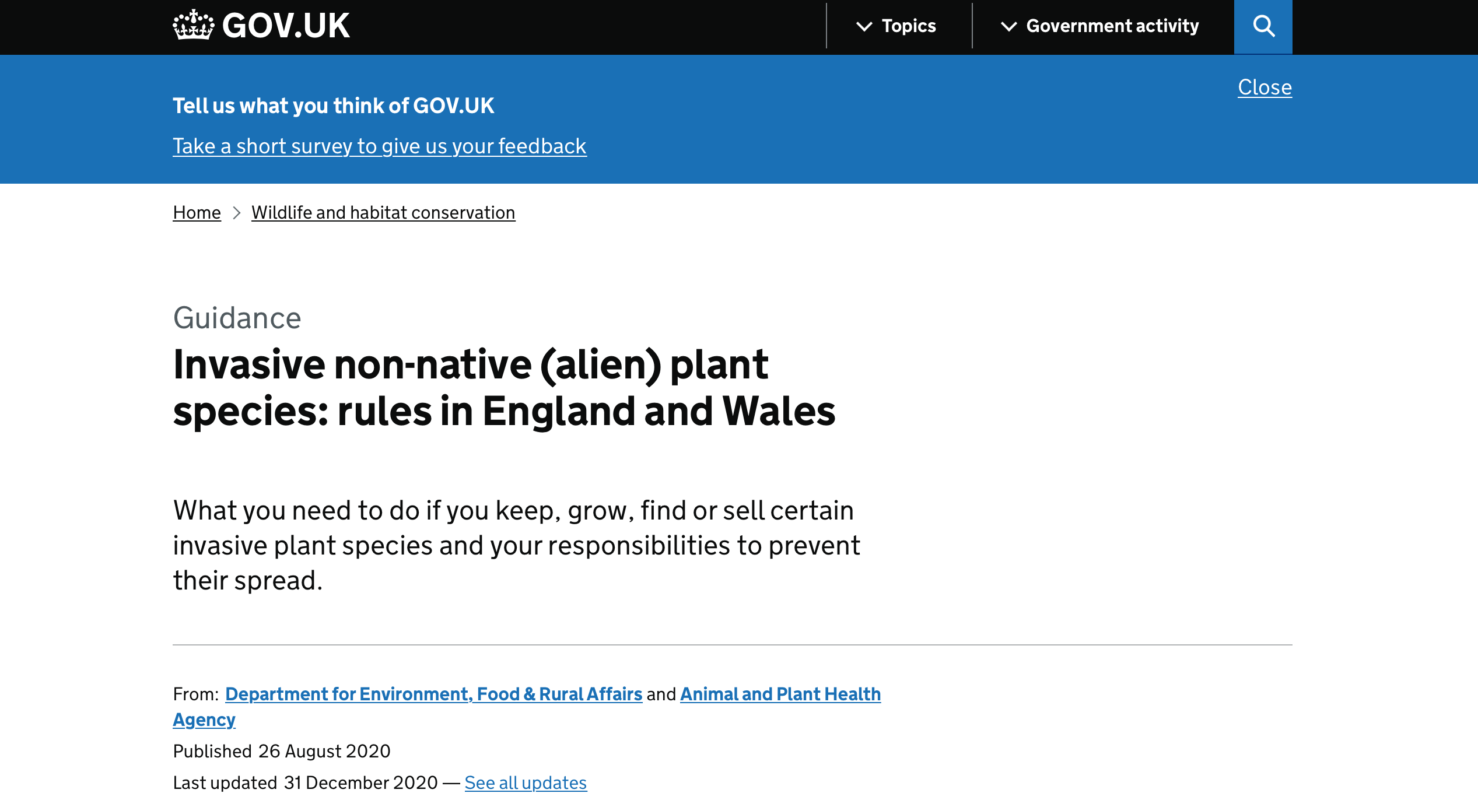
Take action
Now that you understand a bit more about Life on Land, it’s time to make a difference. It can be a little discouraging to think of all the species that are going extinct and all the forests that are being lost. Just remember that time hasn’t run out yet. There is still time to turn back the clock on species extinction. If you want to do something practical to help, the power is in your hands. Take a look at some ways you can take action right now.
Fundraise
You can make a massive difference to people and the planet by doing fundraising for charities that work to protect Life on Land.

- Protest for climate action. Check out the Fridays for Future website or the UK Student Climate Network (if you are in the UK) to find a protest near you. If you can’t find a protest near you then create your own! Don’t forget to get permission from your parent or guardian to miss school and make sure that a responsible adult joins the protest with you.
- Write to your headteacher to ask them to avoid printing when possible. Suggest using erasable whiteboards or interactive worksheets on computers instead. Ask them to always print double-sided if they do need to print and to recycle all paper.
- Write to your school or any local shops and cafes that you go to, to ask them to buy certified products when possible.
- Write to your MP to order more trees be planted by your local council.
- Eat less meat and dairy (milk products and eggs). Raising animals is more destructive than growing plants because they need more food, water and land. So, by eating more vegetables and less meat and dairy you can make a massive difference and reduce the harmful environmental impacts of your diet. It will be good for your health too!
- Buy and eat organic food since organic food uses far fewer pesticides in its production.
- Reduce your use of paper and card. For example, this includes single-use cups, paper napkins, paper plates and receipts.
- Buy products that have been made from recycled paper and card. You can spot that a product is made of recyclable and recycled materials if it has the universal recycling symbol of three arrows chasing one another in a triangle.
- Buy products with certifications such as the FSC.
- Use the online search engine ecosia that uses its profit to plant trees.
- Always read up and ask questions about invasive species before buying pets or plants.
- Make a speech to teach people about the changes that they can make to help reduce climate change. For example, people can: turn lights off when not in use, avoid using air conditioning or heating unless they need to, cycle or walk, when possible, minimise food waste and the list goes on!
- Report any illegal wildlife trade and crime that you see. In the UK, to report wildlife crime, the government recommend that you call 999 (if the wildlife crime is happening right now) or 101 (if it is not happening right now). You can read the government’s advice document here.
- Report invasive species that you see through your government website. If you are in the UK, you can find information about reporting invasive species here.
- Make a poster on the most invasive species in the UK. Add pictures of them so that people can know how to spot them and offer advice on how to report them.
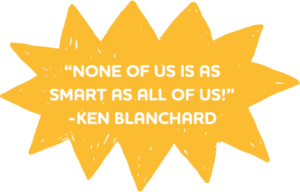
If you have any other ideas of SuperKind things people can do to help protect life on our lands, we would love to hear from you here.
Support These Amazing Charities
Battersea
Battersea is here to take in any animal in need and find them a new home that is just right for them.
WWF-UK
WWF is a global environmental charity, and we’re bringing our world back to life.
With nature in freefall, we’re urgently tackling the underlying causes that are driving the decline, ...
The Royal Society for the Protection of Birds
What started in 1889 as an all-woman movement to save birds from the fashion industry, has become the huge science-driven and people-powered movement the RSPB is supported by today.
Kids Against Plastic
Kids Against Plastic is a youth-led charity that aims to help young people (and not so young people) learn about environmental issues and take action against them.
Friends of the Earth
We’re here to protect the natural world and the wellbeing of everyone in it.
Change-Makers
Here are some amazing young people who cared about Life on Land and took action to make change happen. These change makers were all passionate about the same cause but used their unique skills to make change happen in different ways.
Everyone can help make a difference. Consider what your unique superpower might be. Are you someone with a strong voice who likes to spread awareness by talking to everyone you meet? Or do you prefer a behind the scenes approach – making sure that donations are collected to take to those in need?
Moksha Roy
The world’s youngest sustainability advocate – working to make the world a better place since she was 3 years old.
Sri Nihal Tammana
Campaigning to promote proper battery disposal and recycling since he was 10 years old.
Kyra Barboutis and Sophie Smith
Saving the lives of hundreds of hedgehogs in the UK since they were 9 years old.
